How to Choose a Microbrewery Machine
What is a Microbrewery Machine?
If you’re a craft beer enthusiast or a budding entrepreneur dreaming of owning a brewery, you’ve likely come across the term microbrewery machine. But what exactly is it? In simple terms, a microbrewery machine is a compact, high-tech brewing system designed to produce small batches of beer with precision and consistency. Think of it as a miniature version of the massive equipment used by large commercial breweries, but tailor-made for independent breweries, pubs, restaurants, or even hobbyists looking to create signature brews.
These machines combine all the critical components of beer brewing – mashing, lautering, boiling, fermenting, conditioning, and sometimes packaging – into a streamlined, often automated system. The goal? To help small-scale brewers produce high-quality craft beer with full control over ingredients, flavors, and brewing processes, while minimizing space, time, and manpower. In other words, it’s the beating heart of any small-batch beer operation.
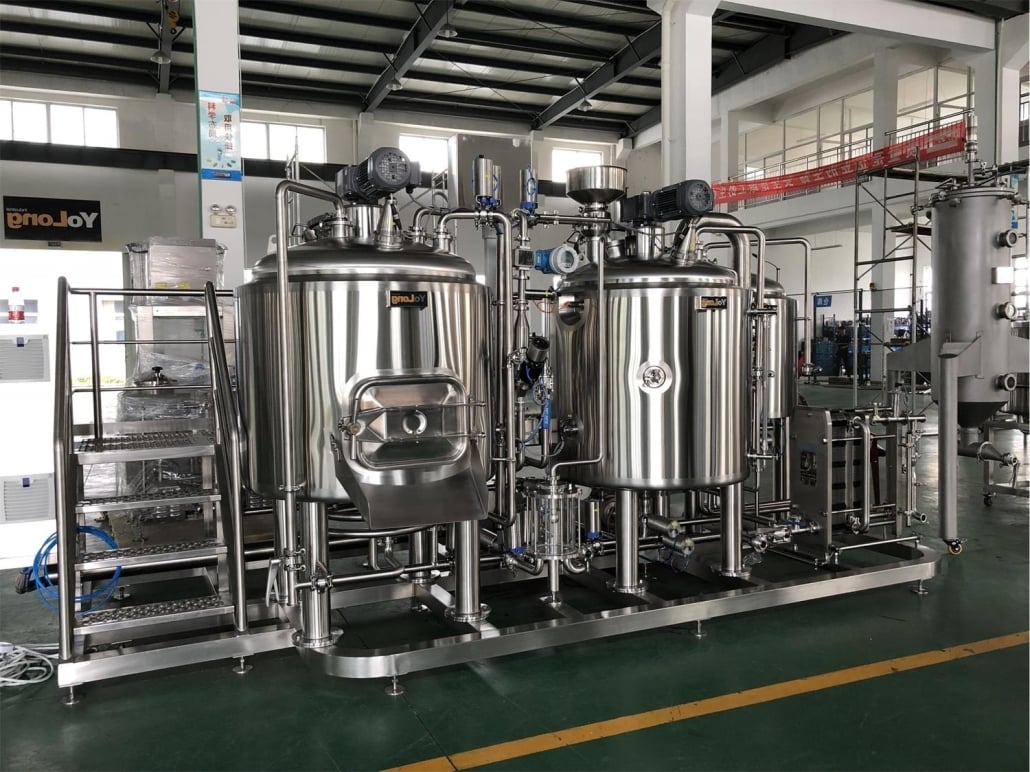
Key Features of Microbrewery Machine
When choosing a microbrewery machine, it’s not just about whether it makes beer. It’s about how well it makes beer, how efficient the process is, and how much control you get over the outcome. Let’s break down the core features that really matter:
1. Automated Brewing System: Most modern microbrewery machines offer semi or fully automated control panels, often with touchscreen interfaces. These systems regulate temperature, flow rate, mash timings, and fermentation cycles, making brewing less labor-intensive and more precise.
2. Modular Design: Flexibility is key. Many systems are modular, meaning you can scale up or modify components like fermenters or kettles as your business grows. Need more capacity or want to experiment with double batches? No problem.
3. Stainless Steel Construction: Most high-end machines are made from food-grade stainless steel (SS304 or SS316), known for durability, ease of cleaning, and resistance to corrosion – essential for brewing hygiene.
4. Heat Source Options: Machines may use electric, gas, or steam heating. Electric is best for small indoor setups, gas offers faster heating, and steam systems excel in large setups needing energy efficiency.
5. Fermentation Tanks: Integrated or standalone fermenters with cooling jackets for precise temperature control are essential for crafting different beer styles.
6. Wort Cooling System: After boiling, your wort needs to cool quickly to prevent contamination. Look for machines with efficient plate heat exchangers or coil coolers.
7. Cleaning In Place (CIP): A godsend for hygiene. CIP systems clean all pipes and vessels without disassembly, saving tons of time and ensuring sanitary conditions.
Microbrewery Machine Price and Cost Breakdown
Let’s talk money. The cost of a microbrewery machine can vary wildly depending on capacity, features, automation level, and brand. To keep things simple, here’s a detailed price and cost breakdown:
| Parameter | Low-End (Basic Home Setup) | Mid-Range (Small Brewpub) | High-End (Commercial Microbrewery) |
|---|---|---|---|
| Capacity | 50-100L | 200-500L | 1000-3000L |
| Price Range | $3,000 – $8,000 | $10,000 – $50,000 | $70,000 – $250,000+ |
| Automation | Manual to Semi-Automated | Semi-Automated | Fully Automated |
| Installation & Setup | DIY or minimal help | Requires professional setup | Full professional installation |
| Ongoing Maintenance Cost (Yearly) | $200 – $500 | $1,000 – $3,000 | $5,000 – $10,000+ |
| Space Required | <10 m² | 20-50 m² | 100 m² or more |
So, whether you’re experimenting in your garage or opening a full-fledged taproom, there’s a machine for every budget.


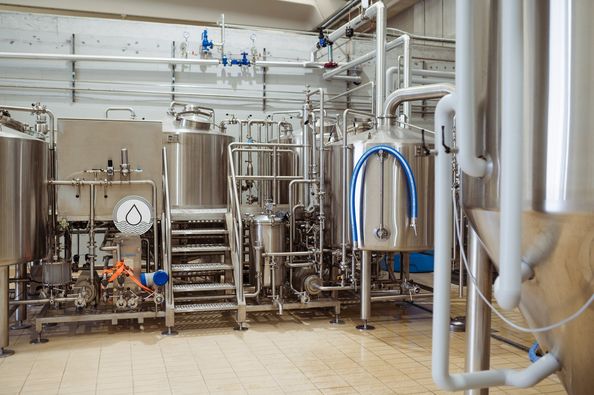
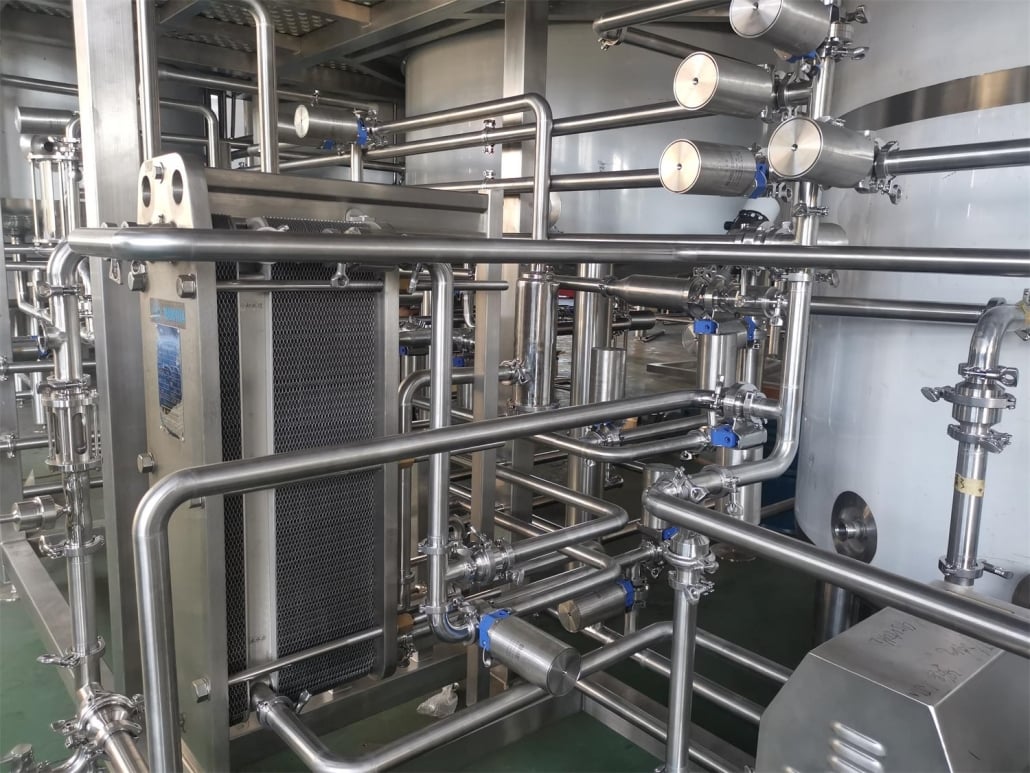
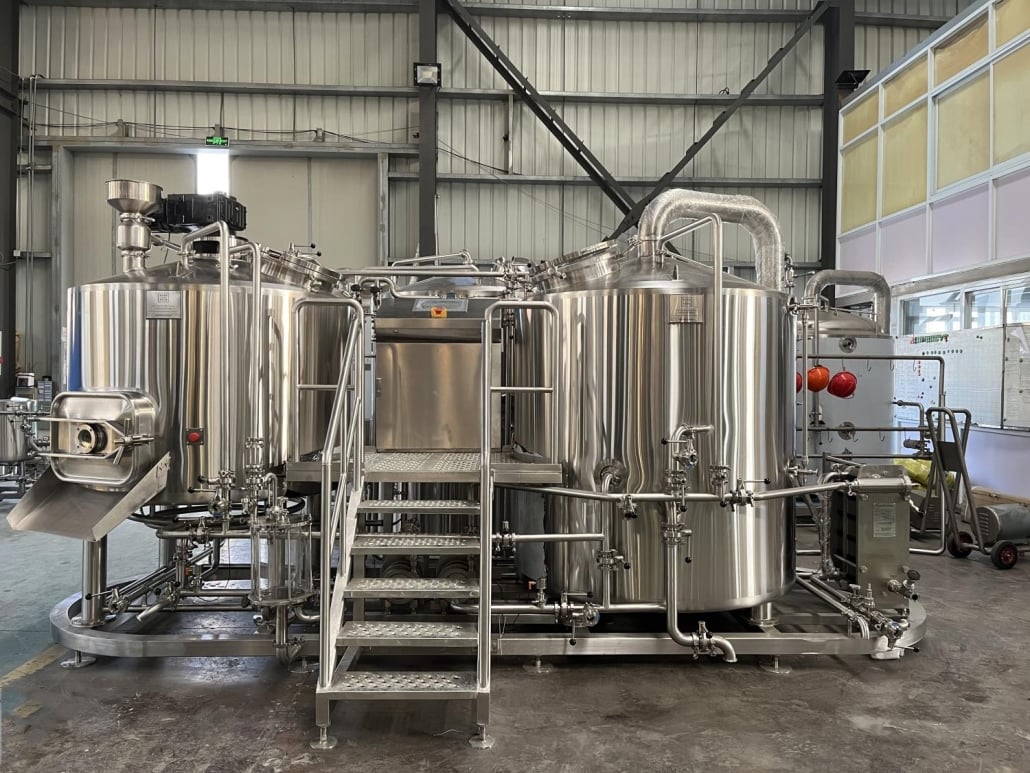
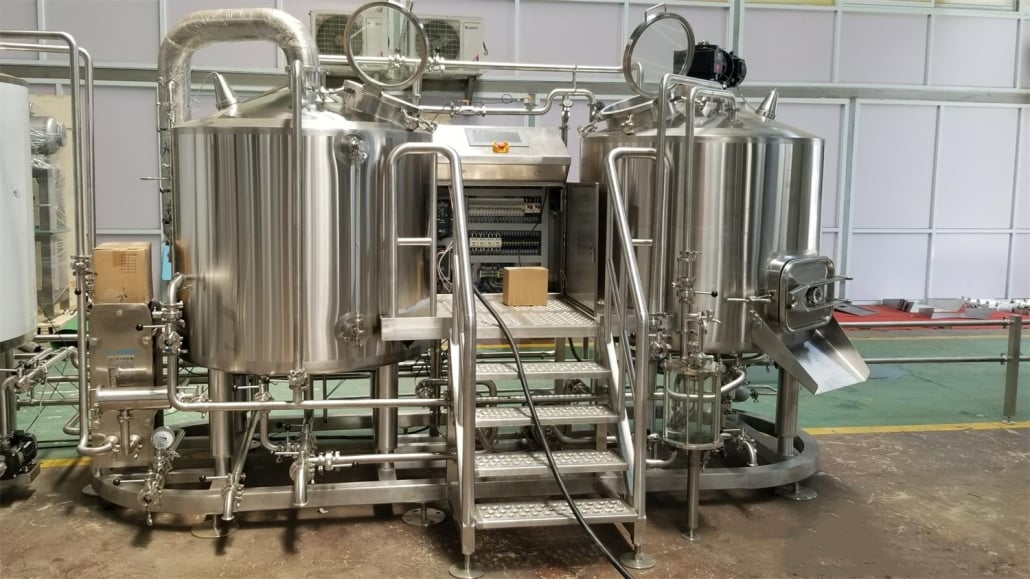
Benefits of Using a Professional Microbrewery System
| Advantage | Details |
|---|---|
| Consistent Quality | Automated systems maintain precision in temperature, timing, and ingredients. |
| Scalability | Modular designs allow easy upgrades as demand grows. |
| Efficiency | Integrated heating, cooling, and cleaning systems reduce manual work. |
| Hygiene | Stainless steel and CIP ensure safe, sanitary beer production. |
| Customization | Supports recipe tweaking for unique flavor profiles. |
| Market Appeal | High-quality craft beer can command premium prices and loyal customers. |
| Energy Efficiency | Steam or hybrid systems reduce long-term energy costs. |
| Time-Saving | Automated steps allow brewers to multitask or manage several batches. |
How to Choose the Right Microbrewery Machine
Alright, so you’re sold on the idea. But how do you actually choose the right machine for your needs? Think of it like buying a car: it’s not just about the shiny parts, but what fits your lifestyle and future plans.
1. Define Your Production Goals: Are you brewing as a hobby, or is this a commercial endeavor? Your production volume target directly affects the size and complexity of the equipment you’ll need.
2. Consider Available Space: Measure your available brewing area and account for space for tanks, movement, cleaning, and safety regulations. A tight space might call for more vertical tanks or compact designs.
3. Choose the Right Heating Method: Electric systems are great for home or small brewpubs. Steam systems are more expensive upfront but offer better efficiency for higher volumes.
4. Budget Wisely: Don’t just look at the machine cost – consider installation, permits, licensing, utility costs, and ongoing maintenance. It’s better to invest a bit more upfront for a reliable, scalable machine.
5. Research Brands and Support: Go with reputable manufacturers offering good after-sales service, technical support, and spare parts availability. Local support can be a lifesaver.
6. Future-Proof Your Investment: If you plan to grow your brewery, pick a system that can expand with you. Modular brewing setups allow you to add fermenters or upgrade automation later on.
Where to Buy Microbrewery Equipment
You can find microbrewery machines from both local suppliers and international manufacturers. Here’s where to start your hunt:
1. Specialized Brewery Equipment Manufacturers: Companies like Ss Brewtech, Tiantai, Micet Craft, Brewiks, and Alpha Brewing Ops offer everything from starter kits to industrial systems.
2. Online Marketplaces: Platforms like Alibaba, Made-in-China, and ProBrewer Marketplace list a wide variety of options at different price points. Just be sure to check reviews and request certifications.
3. Local Distributors and Installers: A big plus here is support with logistics, setup, and servicing. They may cost more but offer peace of mind.
4. Trade Shows and Industry Events: Events like the Craft Brewers Conference (CBC) or BrauBeviale showcase the latest tech and let you talk directly with vendors.
5. Second-Hand Markets: If you’re on a tight budget, used brewing systems can be a great deal. Check for wear and tear, and ensure all parts are functioning.

FAQ
| Question | Answer |
|---|---|
| What capacity should I start with? | Start with 100-500L if you’re a beginner or brewpub. It offers a good balance of output and manageable size. |
| Is it legal to operate a microbrewery at home? | It depends on your country or state’s regulations. Always check local laws and get the necessary licenses before brewing commercially. |
| How long does it take to brew beer in a microbrewery machine? | On average, it takes 4-6 weeks from brewing to bottling, depending on the beer style and fermentation time. |
| Can I brew different types of beer with one machine? | Yes! Most systems are versatile enough for ales, lagers, stouts, IPAs, and more – you just adjust the recipe and fermentation settings. |
| What’s the lifespan of a microbrewery machine? | With proper maintenance, stainless steel systems can last 10-20 years or more. |
| Is automation worth the extra cost? | For consistent results and time-saving, yes. Automation also reduces human error and labor costs. |
| What’s the return on investment (ROI)? | ROI depends on production volume, pricing, and overhead. Many small breweries break even in 1-3 years with proper marketing and distribution. |
| Can I get training to use the system? | Most reputable sellers offer training, manuals, or even on-site setup support. It’s highly recommended, especially for first-timers. |
| How often do I need to clean the system? | After every brew. CIP systems make it easier and faster, but cleanliness is non-negotiable in brewing. |
Share this entry
Interested in learning more about Brewing Systems including additional details and pricing information? Please use the form below to contact us!
YOLONG BREWERY EQUIPMENT FAQS
- Commercial Brewery / Craft Brewery / Microbrewery / Nanobrewery
- What is The Difference Between Craft Beer and Industrial Beer?
- The Bespoke Differences In Custom Brewing Systems
- Everything You Need to Know About Kettle Souring
- How to Choose Brewing Equipment for Your business?
- How To Choose The-Best Partner To Build Your Commercial Microbrewing System?
- Two Detection Sensors That You Need To Use In Your Brewhouse System
- Remote Control Applications in Brewing Equipment/How does it work?
- How To Clean Your Brand New Brewery Tanks?

